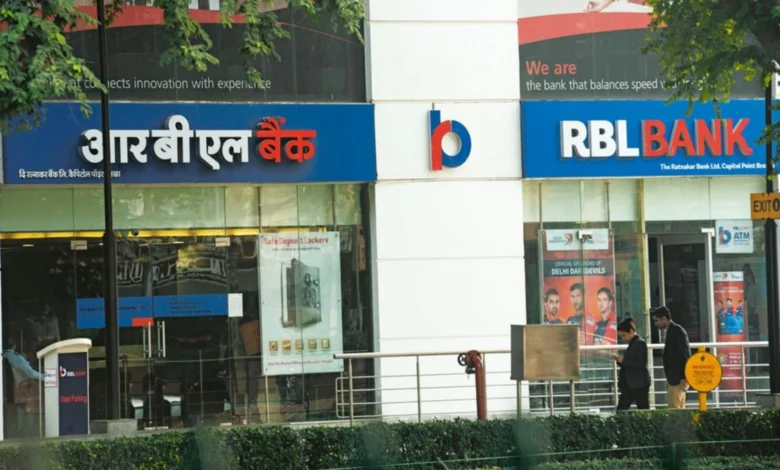RBL Bank Q4 FY25 Profit Drops 80.5% Due to Surge in Provisions

| ➡️ Get instant news updates on Whatsapp. Click here to join our Whatsapp Group. |
Mumbai-based private sector bank, RBL Bank, reported a significant decline in its net profit for the fourth quarter of the financial year 2024-25. The fall in profit was primarily due to a sharp increase in provisions, as disclosed in an exchange filing on Friday. The bank’s net profit for the quarter ending March 31, 2025, stood at ₹68.7 crore, which marks a drastic 80.5% year-on-year decline compared to ₹352.6 crore in the same period last year.
Key Factors Behind the Profit Drop
The main reasons for the steep profit fall were the following:
- Increase in Provisions: RBL Bank had to set aside a large sum for provisions, which rose by 90% year-on-year, totaling ₹785 crore for the quarter. This increase is a major factor behind the profit decline.
- Dip in Net Interest Income (NII): The bank’s core income, known as Net Interest Income, declined slightly by 2% to ₹1,563 crore compared to the same quarter last year. Additionally, NII fell by 2.3% compared to the previous quarter.
Improvement in Asset Quality
Despite the profit decline, there was a positive development in terms of the bank’s asset quality:
- Gross Non-Performing Asset (GNPA) Ratio: This ratio improved to 2.6% by the end of March 2025, down from 2.92% in the previous quarter.
- Net NPA Ratio: Similarly, the net NPA ratio also decreased to 0.29%, compared to 0.53% in the December quarter.
Other Income and Write-Offs
RBL Bank saw an increase in its other income for the quarter, which rose to ₹1,000 crore, up from ₹875 crore in the previous quarter. However, the bank’s write-offs during the quarter increased slightly to ₹965 crore, compared to ₹932 crore in the December quarter.
Market Reaction
After the announcement of the results, RBL Bank’s shares closed at ₹188.09, marking a 5.73% drop for the day. However, despite this fall, the bank’s stock has gained 7% over the past month, reflecting some positive investor sentiment in the longer term.
RBL Bank’s Q4 FY25 results indicate a challenging period for the bank, mainly due to higher provisions and a slight decline in core income. However, the improvement in asset quality and growth in other income shows some positive signs for the bank’s future performance.
